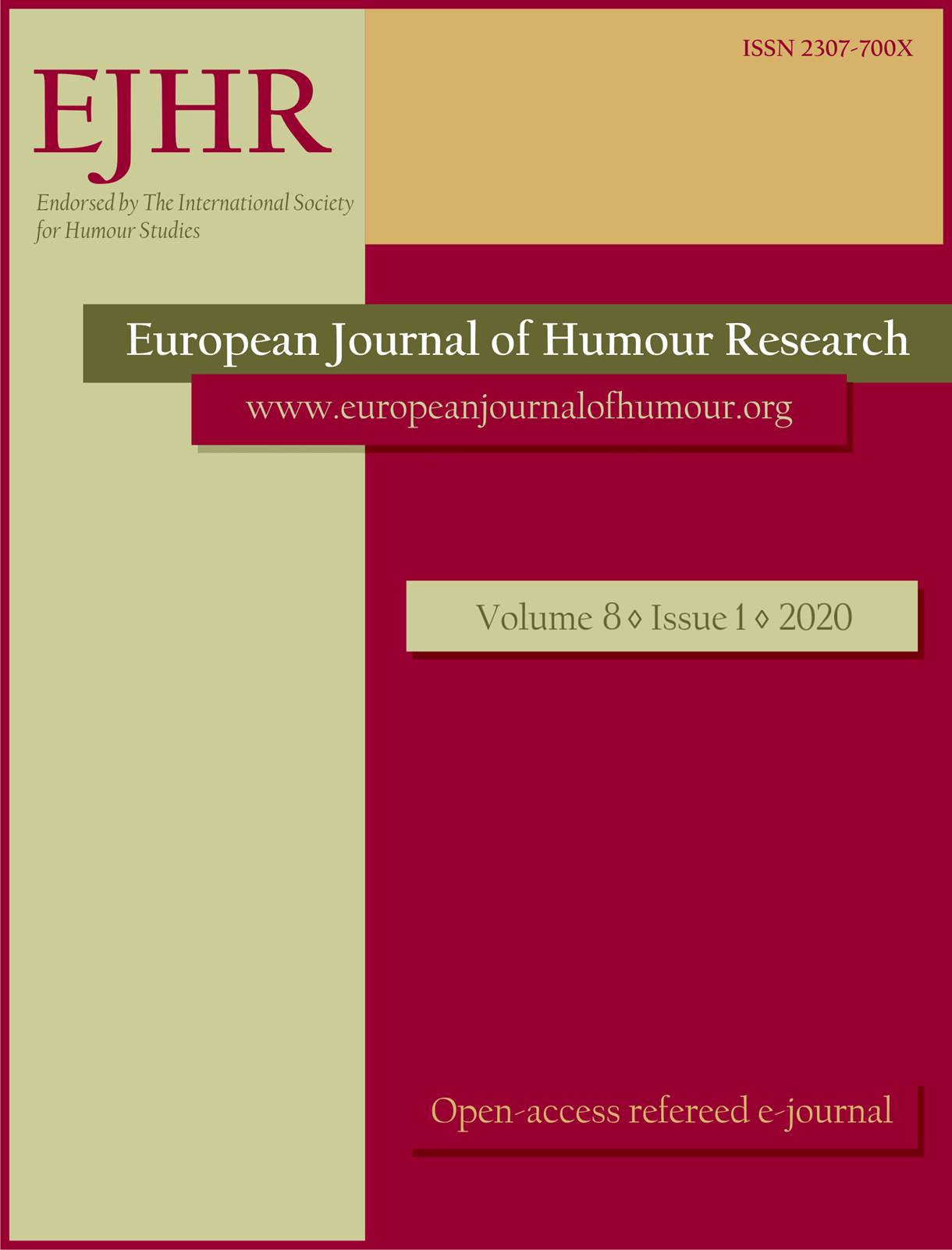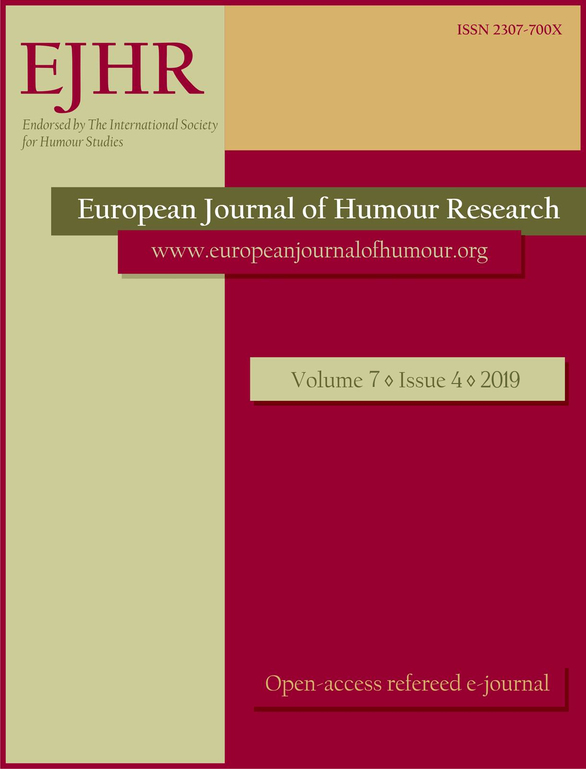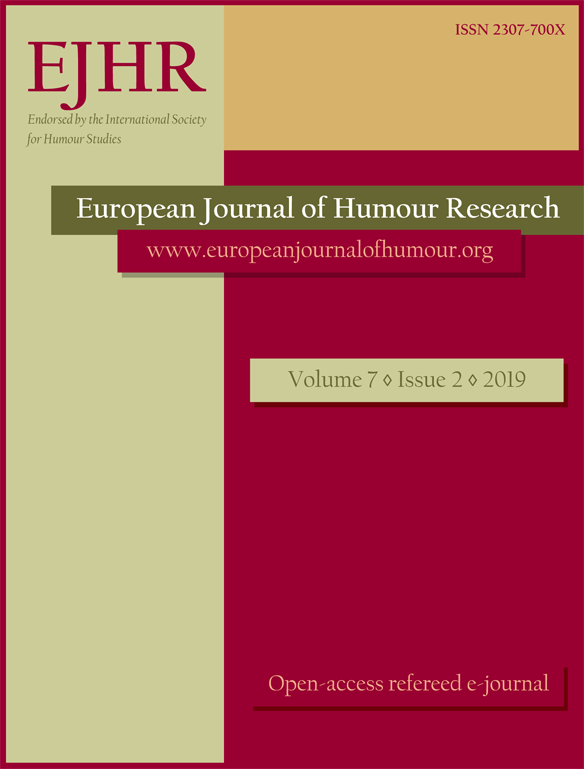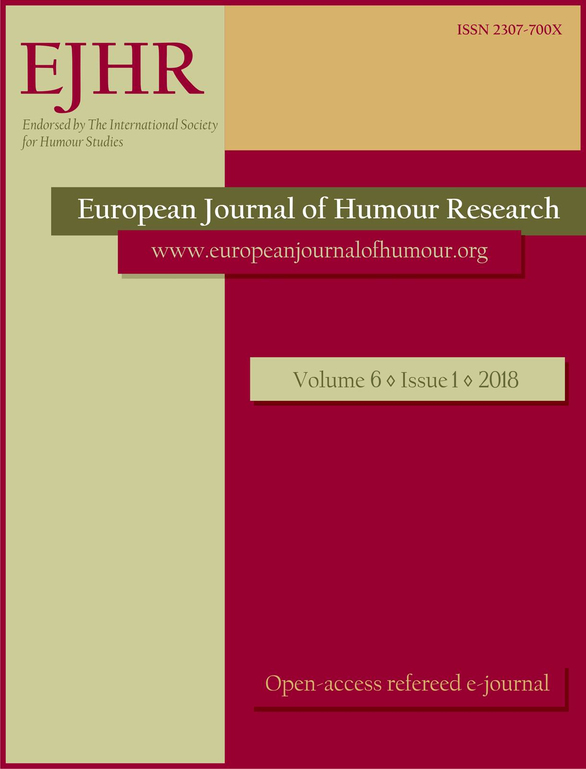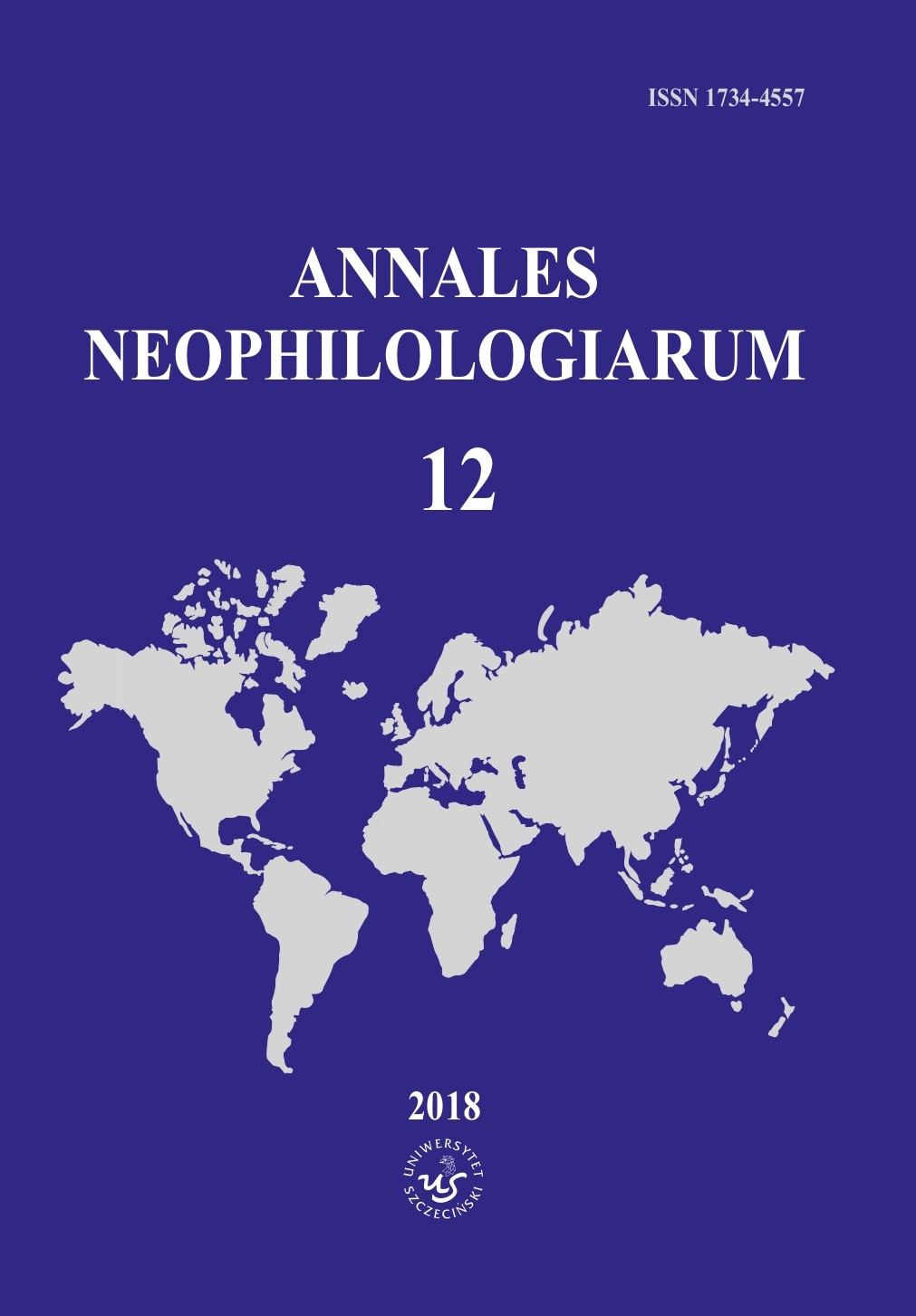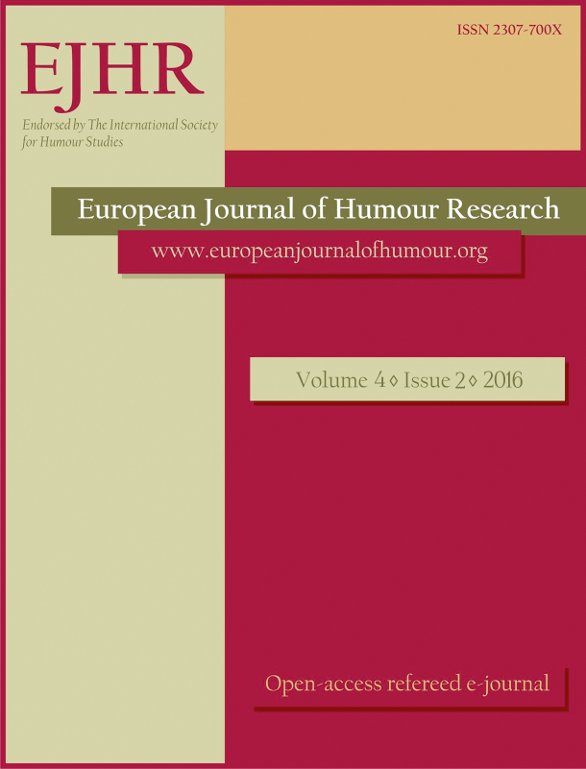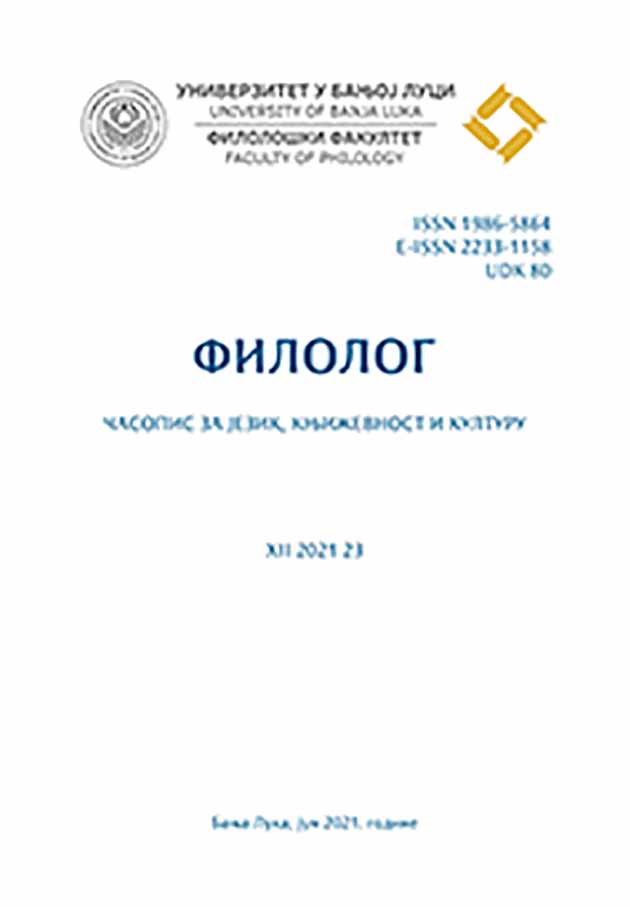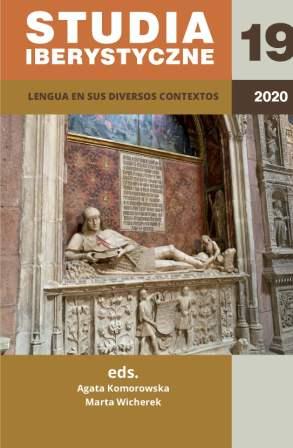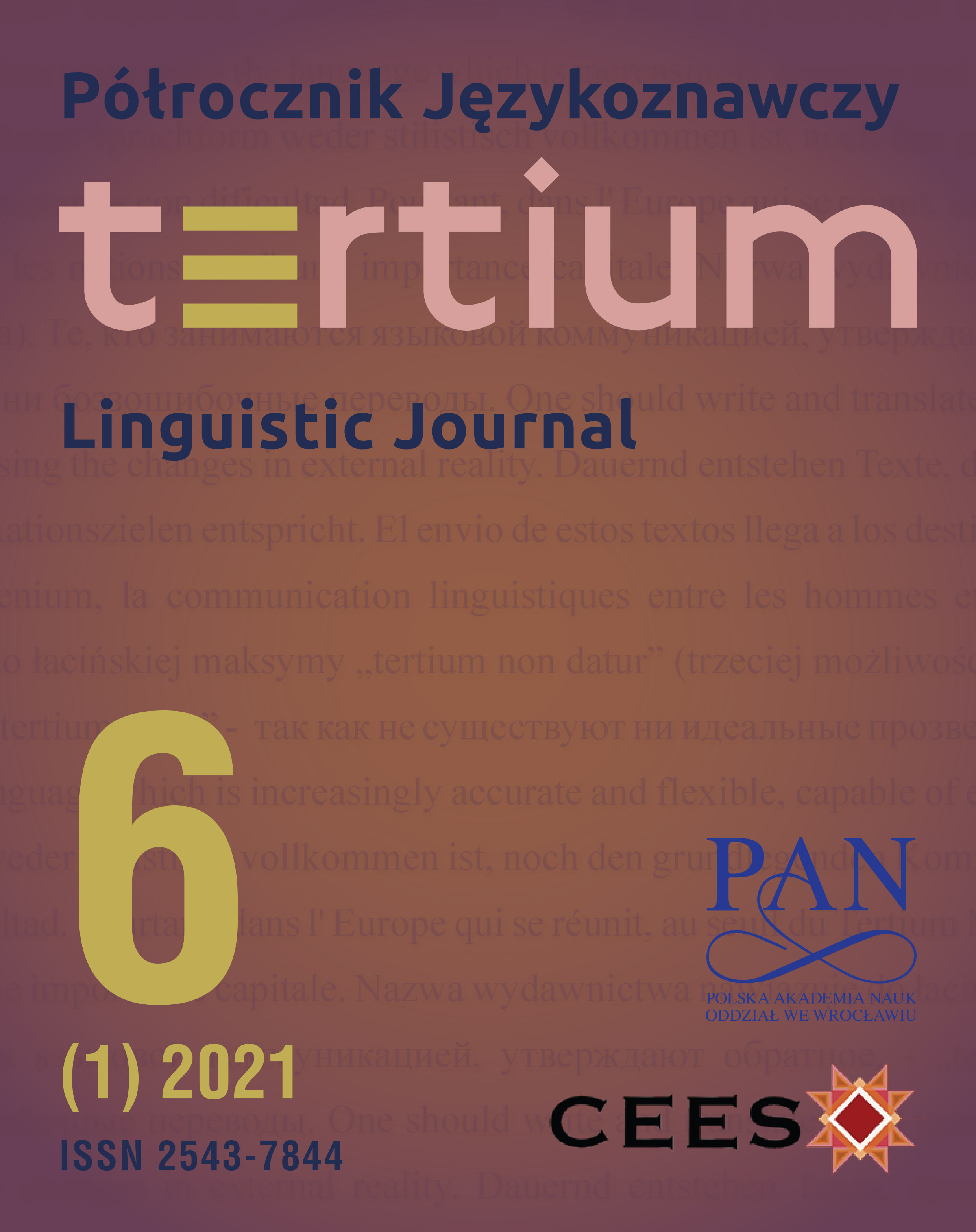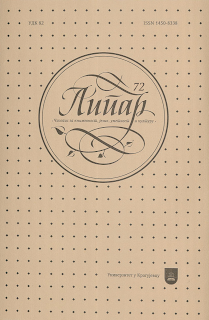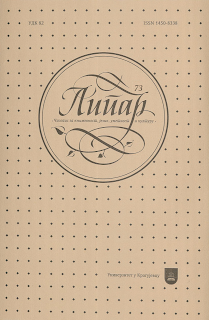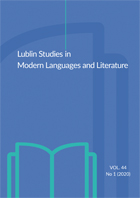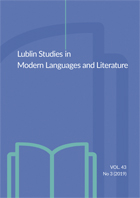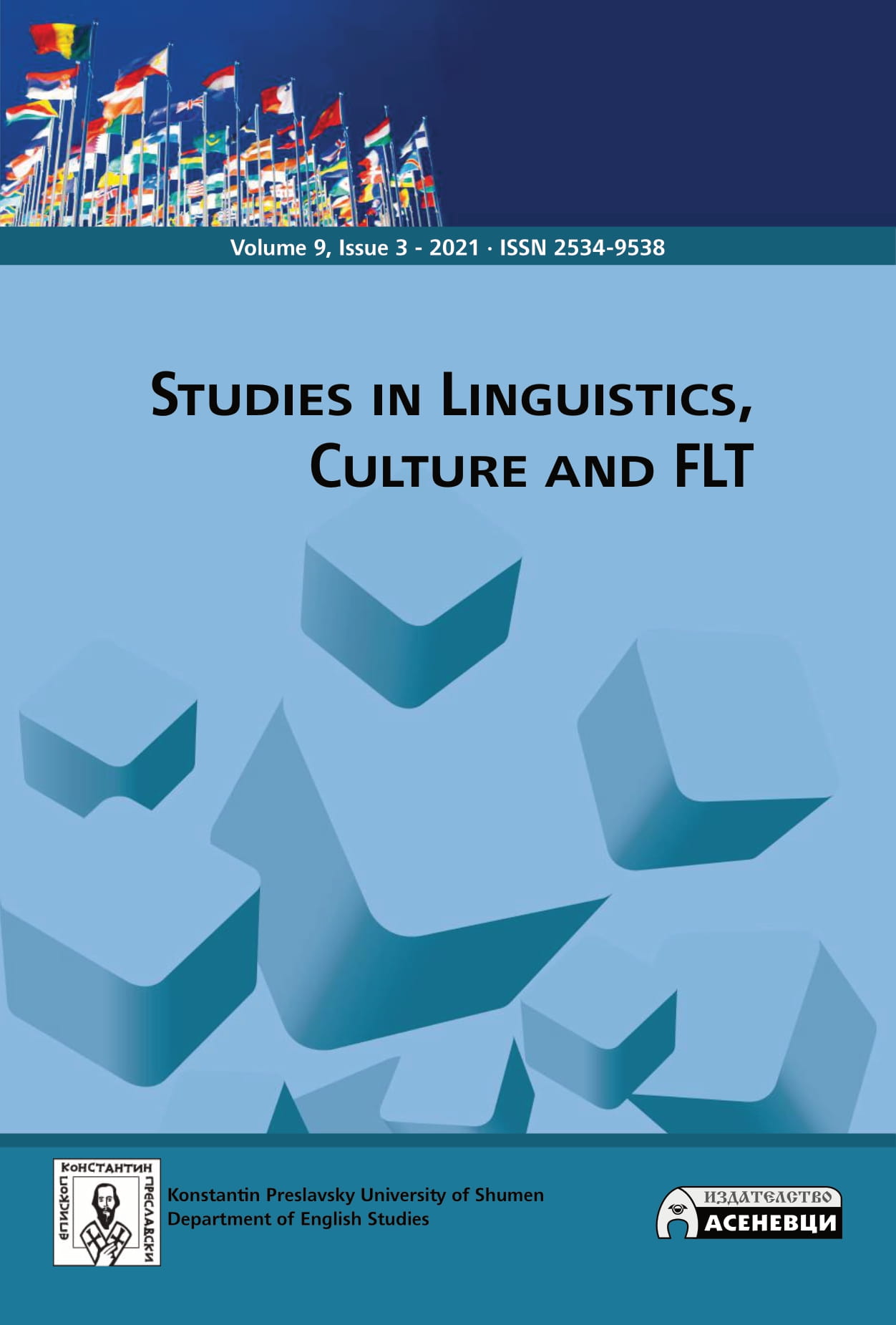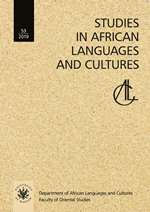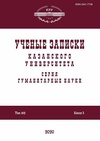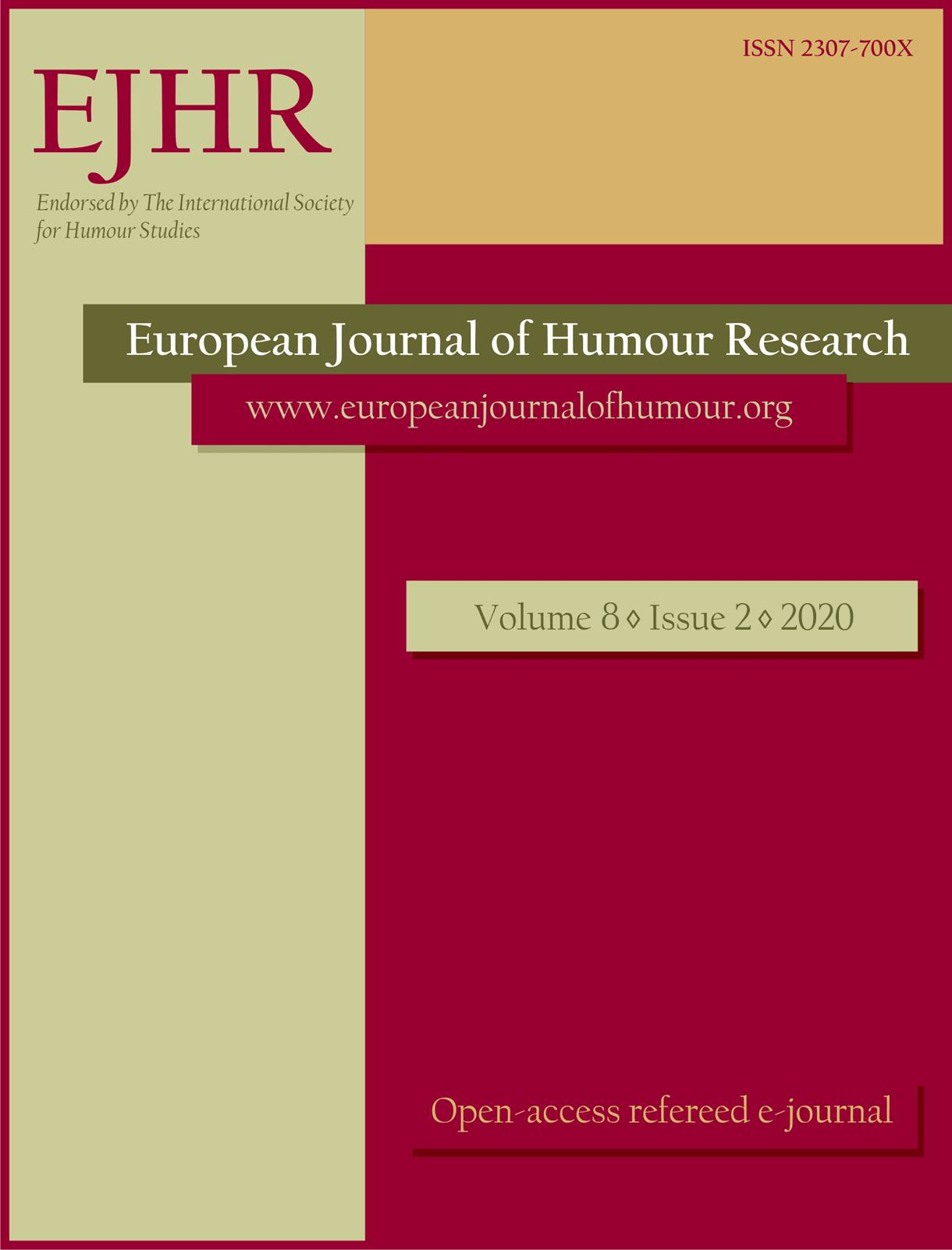
Towards a comprehensive theory of culturally constructed humour
In the present research, we discuss Humour Studies within Linguistics, focusing mainly on linguistic theories of humour including the Semantic Script Theory of Humour (SSTH; Raskin 1985), and the General Theory of Verbal Humour (GTVH; Attardo 1994, 2017b). The study demonstrates different types of cultural conceptualisations (Sharifian 2017a, 2017b) that the interlocutors draw upon, such as cultural categories, cultural metaphors, and cultural schemas to create humour, and we argue that the General Theory of Verbal Humour does not account for culturally-constructed verbal humour. Hence, we argue that it is necessary to fill this gap in the most prevailing theory of verbal humour, the General Theory of Verbal Humour, by demonstrating how cultural conceptualisations must be considered in identifying and analysing instantiations of humour, in moving towards a comprehensive theory of culturally constructed humour.
More...
